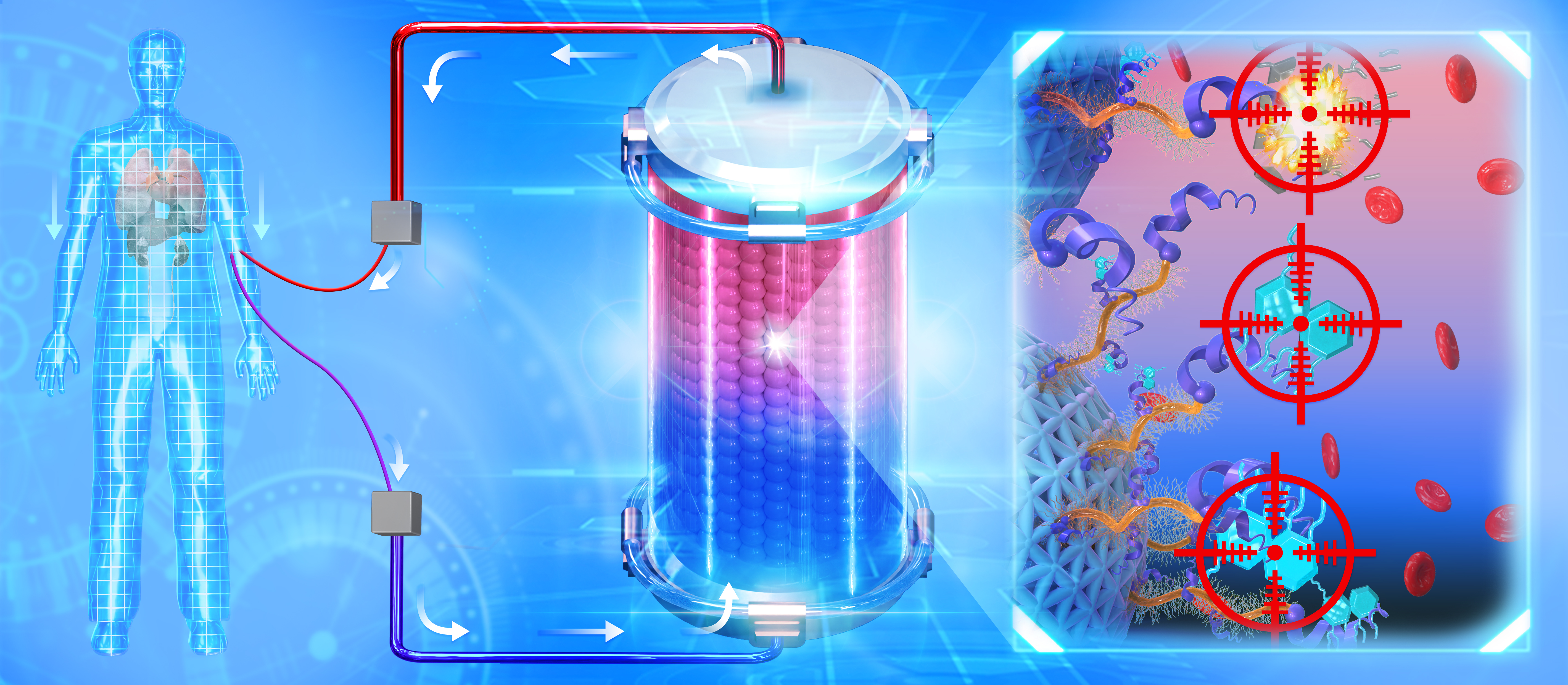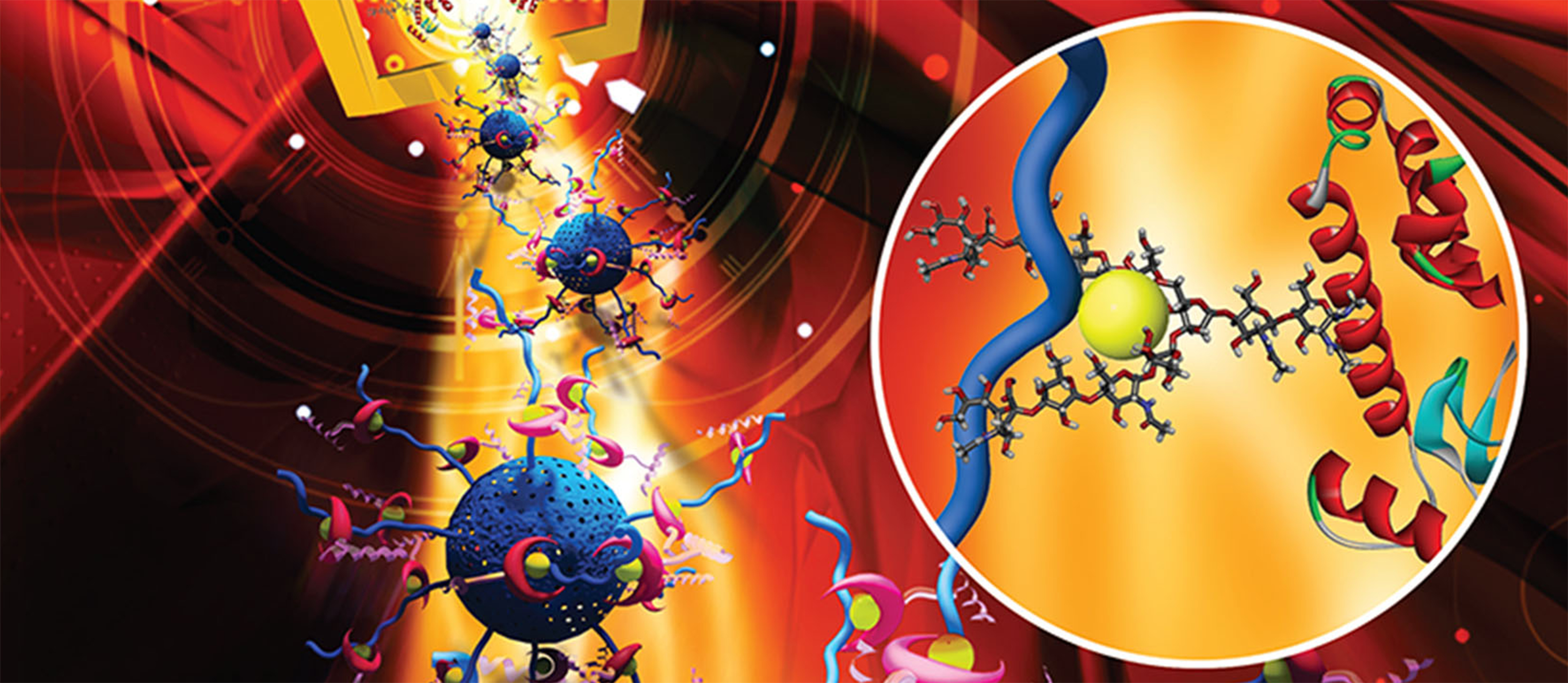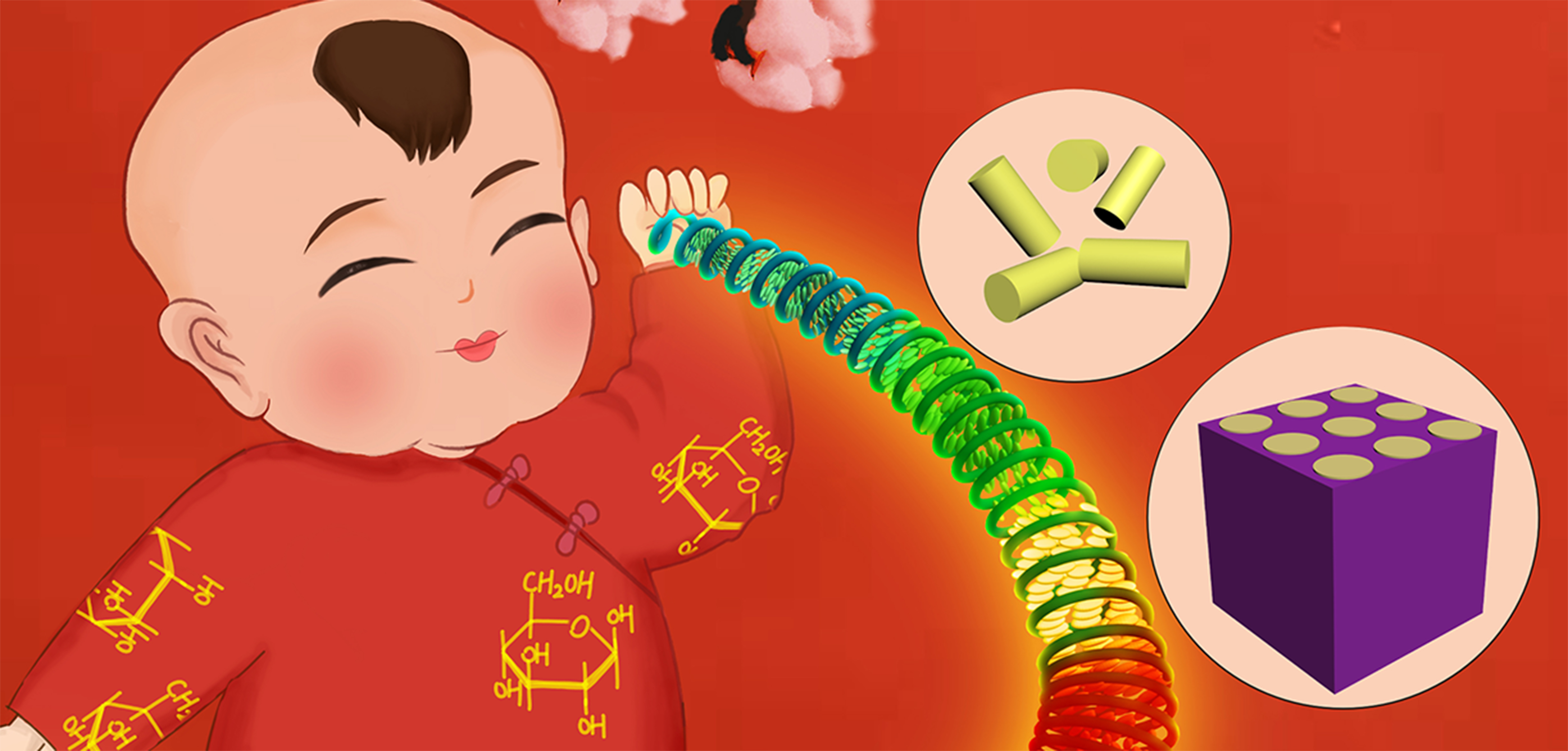Title of funded project:Bio-separation Materials
Funding agency:National Natural Science Foundation of China, the National Science Fund for Excellent Young Scholars
Grant number:21922411
Total funding amount:CNY 1,200,000
Bio-separation is the prerequisite and foundation for research of life science, which strongly relies on the development of high performance separation materials. In order to substantially improve the precision, selectivity and controllability of bio-separation materials, a series of biomolecule–recognition systems driven by multiple stereoselective hydrogen bonding interactions were constructed. This facilitated precise manipulation of fibrillation process of Aβ-40 (an Alzheimer’s disease pathological peptide) on chiral amino acid–modified graphene oxide surface, as well as a solvent–modulated chiral interaction reversion for the complexation between a chiral gelator and (+)/(-)-quinine. Based on these biomolecule recognition receptors, a “chiral recognition–hydrogen bonding mediation–flexible main chain” based three–component polymer design idea was proposed to construct various chiral monosaccharide, nucleotide or oligopeptide–responsive copolymer thin films or bio-devices. Taking advantages of intelligent conformational transition of the polymeric chains triggered by synergetic hydrogen bonding interactions between the polymeric networks and the guest biomolecules, weak biomolecular recognition signals could be captured, recognized, transferred and amplified to remarkable variation in macroscopic properties of materials, such as surface wettability, stiffness, viscoelasticity or adhesion forces. Benefiting from these favorable changes in interfacial properties of materials, bio-separation efficiency might be improved significantly, contributing to a novel chiral chromatographic separation mode based on chiral interaction induced wettability switching. Subsequently, this biomolecule responsive polymer–design idea was successfully applied in phosphoproteomics and glycoproteomics. Highly controllable adsorption and desorption, satisfactory enrichment selectivity and high adsorption capacities toward multiple phosphopeptides were achieved on a smart polymer surface. Meanwhile, dipeptide–based homopolymers integrated high-efficiency glycopeptide enrichment and glycan precise discrimination into one system, which built a new bridge between proteomics and glycomics. Based on these studies, five typical characteristics of the new generation of phosphopeptide or glycopeptide enrichment materials were proposed. This project focuses on the development of methylated peptide enrichment materials, in order to tackle the challenge of protein methylated site-specific recognition and enrichment.







